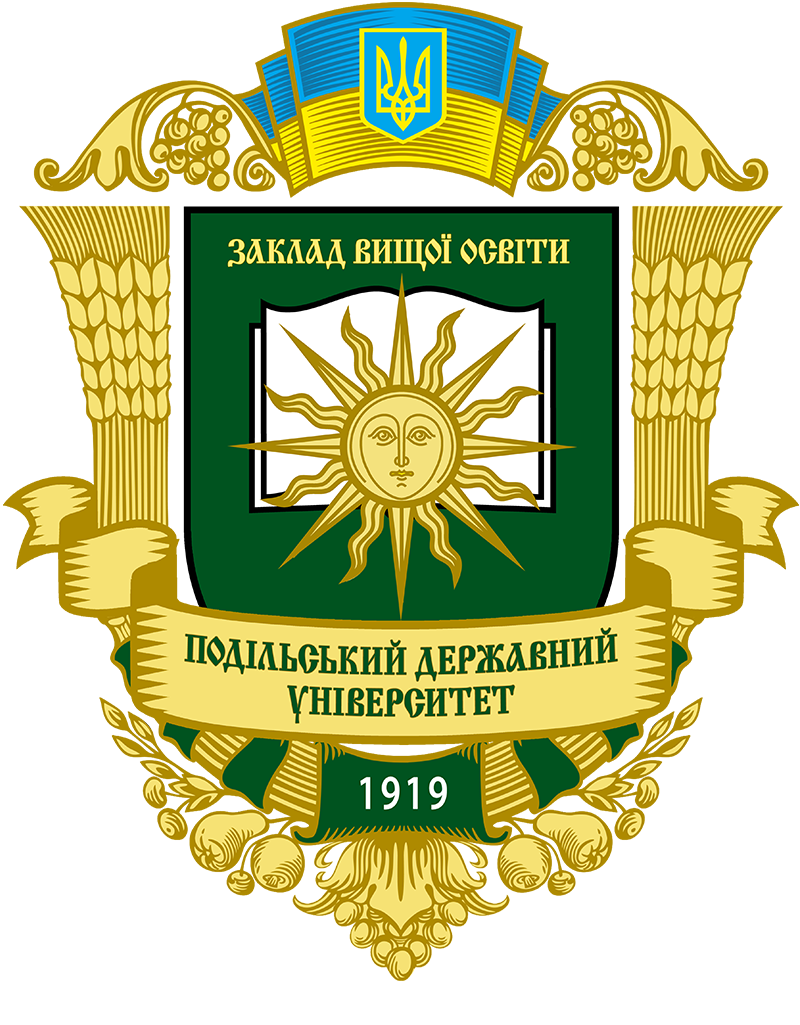VARIETAL CHARACTERISTICS OF DRY MATTER ACCUMULATION IN PLANTS OF VEGETABLE PEAS
DOI:
https://doi.org/10.37406/2706-9052-2025-3.9Keywords:
vegetable pea, dry matter, photosynthetic potential, assimilation surface, interphase periodAbstract
The article presents the results of research on the study of biological characteristics of vegetable pea varieties depending on the sowing dates in the conditions of climatic changes in the Right-Bank Forest-Steppe of Ukraine. The relevance of the work is due to the need to improve agrotechnologies for growing vegetable pea as a crop, which is a source of high-quality plant protein, and also has the ability to biologically fix nitrogen, which contributes to increasing soil fertility without excessive use of synthetic fertilizers. The aim of the study was to establish the influence of varietal characteristics and sowing dates on the dynamics of leaf development, photosynthetic activity and growth of plant dry matter. Field experiments were conducted in 2019–2022 on the lands of the Podillia Research and Development Center of Podilsky State University. The study involved seven vegetable pea varieties (Lushchylny – control, Amalfi, Vivado, Vinko, Glorivert, Sienna, Sherwood) and two sowing dates. The results show that the highest values of net photosynthesis productivity (NPP) were observed in the budding-flowering phase, where in the Selena variety it reached 11,3 g/m² per day. Over the entire vegetation period, the maximum average NPP – 7,4 g/m² per day – was noted in the Glorivert variety, which is 1,7 g/m² higher than the control. The lowest values were recorded in the Amalfi variety. NPP dynamics depended on both the variety and the growth and development phases. Dry matter accumulation reached a maximum during the period of bean formation, with the highest values in the Sherwood (3,79 t/ha), Sienna and Glorivert varieties. The studies established the importance of adapting growing technologies to the varietal characteristics of the crop and weather conditions of a particular year. The results can be used to improve varietal technology when planning sowing dates and forming a conveyor supply of raw materials to processing plants.
References
Алмашова В.С., Євтушенко О.Т., Онищенко С.О. Агроекологічне обґрунтування вирощування гороху овочевого із застосуванням біологічного препарату Ризоторфіну. Вісник Уманського національного університету садівництва. 2020. № 1. С. 3–6.
Бахмат М.І., Небаба К.С. Структурні елементи врожаю гороху посівного залежно від удобрення та регуляторів росту в умовах Лісостепу Західного. Науковий вісник Національного університету біоресурсів і природокористування України. 2018. Вип. 294. С. 24–31.
Дідур І.М., Мостовенко В.В. Фотосинтетична активність гороху овочевого залежно від сортових особливостей, вапнування ґрунту та системи живлення. Сільське господарство та лісівництво. 2020. Вип. 4. С. 42–50.
Жук О.Я., Жук В.Ю., Жук А.В. Сортовий контроль за якістю насіння овочевих і баштанних культур – на рівень сучасних вимог. Овочівництво і баштанництво. 2004. Вип. 40. С. 139–142.
Методика державного сортовипробування сільськогосподарських структур. Вип. 1 : Загальна частина / ред. : В.В. Волкодав. Київ, 2000. 100 c.
Мулярчук О.І., Степанченко В.М., Козіна Т.В. Сортові особливості формування листкової поверхні і фотосинтетичного потенціалу рослин гороху овочевого. Подільський вісник: сільське господарство, техніка, економіка. 2024. Вип. 4 (45). С. 33–38. https://doi.org/10.37406/2706-9052-2024-4.4.
Небаба К.С. Горох посівний: агротехнічний комплекс вирощування : монографія. 2022. 232 с. URL: https://surl.li/ceiqlr.
Стригун В.М. Створення сортів гороху овочевого в Україні : автореф. дис. … докт. с.-г. наук : 06.01.05. Київ, 2016. 44 с.
Didur I., Chynchyk O., Pantsyreva H., Olifirovych S., Olifirovych V., Tkachuk O. Effect of fertilizers for Phaseolus vulgaris L. productivity in Western Forest-Steppe of Ukraine. Ukrainian Journal of Ecology. 2021. Vol. 11. № 1. P. 419–424. DOI: 10.15421/2021_61.
Mazur V., Didur I., Tkachuk O., Pantsyreva H., Ovcharuk V. Agroecological stability of cultivars of sparsely distributed legumes in the context of climate change. Scientific Horizons. 2021. Vol. 1 (24). P. 54–60. DOI: 10.48077/scihor.24(1).2021.54-60.











